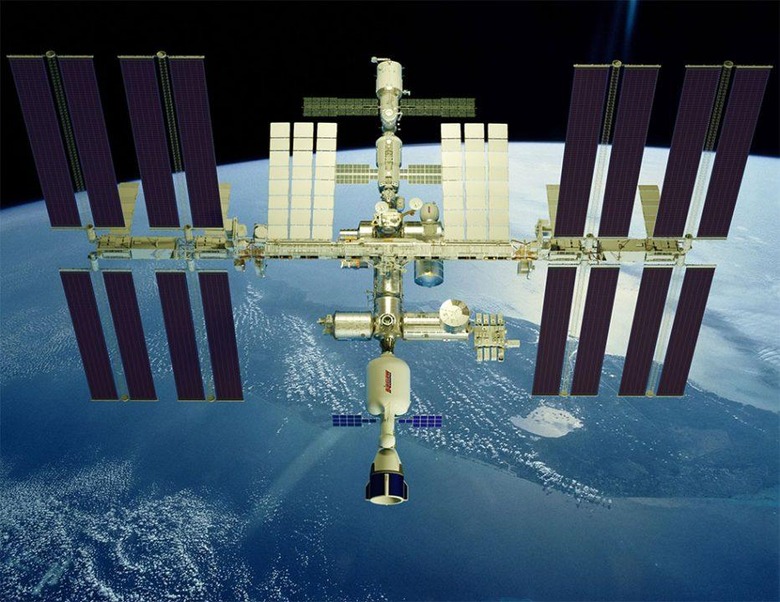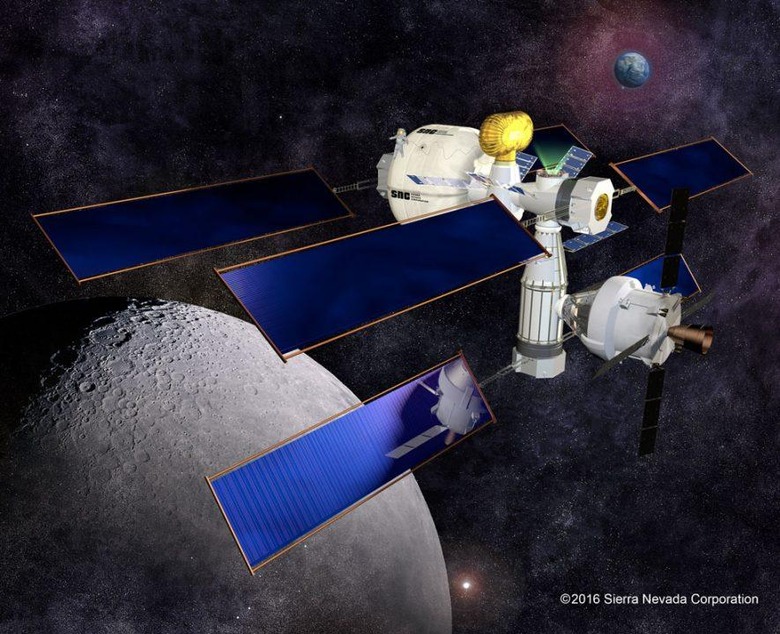NASA NextSTEP Partners Show Off Ground Prototypes For Space Habitats
The ISS is the only place of the face of the Earth where humans routinely spend extended periods in space. NASA is working with partners in its NextSTEP program to developed deep space habitats that will be used in future space research and exploration. Those partners have all now unveiled their ground prototypes for these modules.
NASA previously selected six US firms to help expand the knowledge and commercial capability of space exploration by developing ground-based, full-size prototypes and concepts for deep space habitats under the NextSTEP program, specifically known as NextSTEP-2. "The NextSTEP partnerships are a large contribution to the dual objectives of advancing deep space habitation development and stimulating commercial activities in low-Earth orbit," said Jason Crusan, Director of Advanced Exploration Systems at NASA Headquarters.
The six partners that were selected include Bigelow Aerospace LLC from Las Vegas with its XBASE (Expandable Bigelow Advanced Station Enhancement) which is a 330 cubic meter expandable habitat. This is a newer version of that BEAM module from Bigelow that is currently in testing on the ISS. Boeing of Houston is showing off a modular habitat ground demonstrator that will allow the company to test and validate interface standards and other technologies.
Bigelow Aerospace's XBASE

Lockheed Martin's multi-purpose logistics module prototype

Lockheed Martin of Denver, Colorado has plans to refurbish a multi-purpose logistics module such as those that were used to carry supplies to and from the ISS by the space shuttle into a full-scale habitat prototype with integrated avionics and ECLSS. Orin ATK plans to work on maturing the design of their cislunar habitat concept as on the Cygnus spacecraft that is servicing the space station now. Sierra Nevada Corp has a prototype based on the Dream Chaser cargo module that could be combined with an inflatable fabric environment module, ECLSS system, and propulsion system. The final company is Nanorocks that pans to perform a study on turning an existing launch vehicle upper stage, the propellant segment, into a pressurized space habitat.
Orbital ATK's cislunar habitat based

Sierra Nevada Corporation's habitation prototype

SOURCE: NASA
